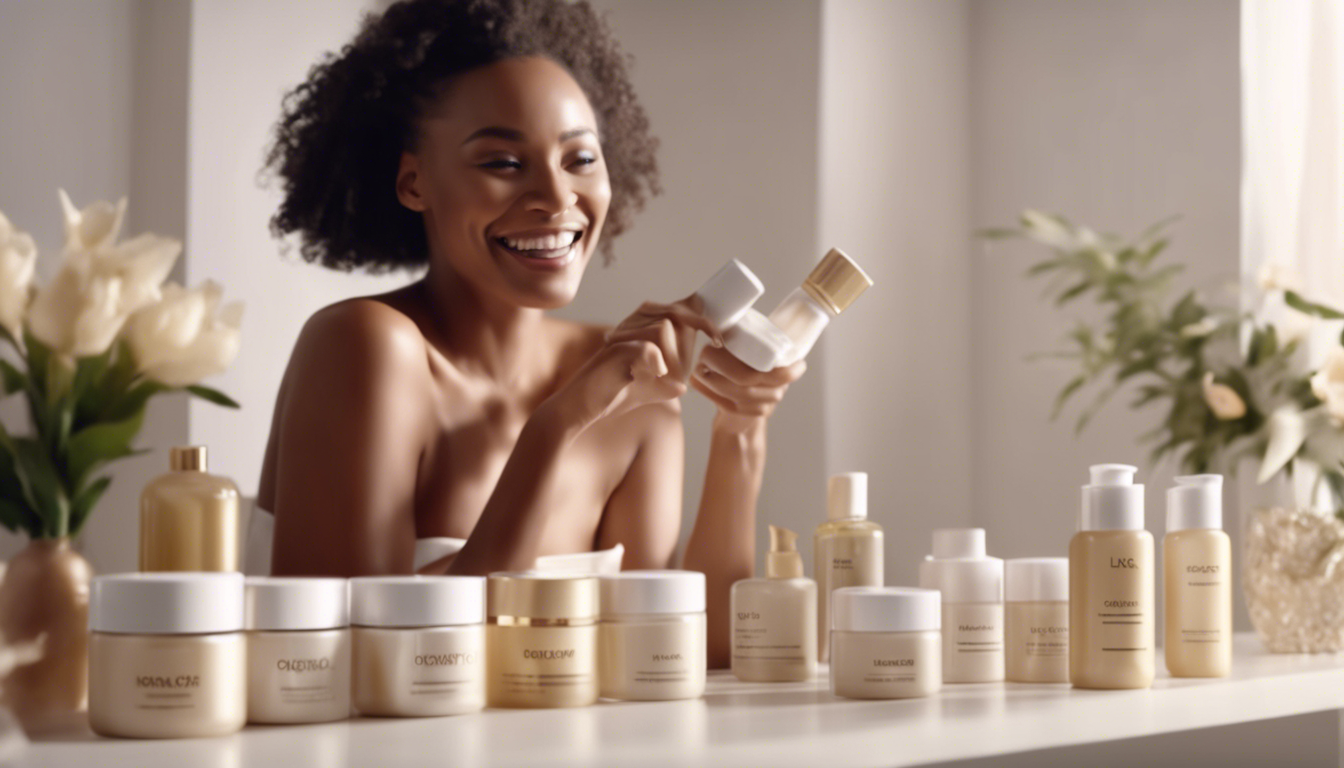In an era where appearance often correlates with personal and professional success, the use of body creams has become more than just a routine; it’s a pivotal aspect of daily beauty regimens for many women. Whether to moisturize dry skin, enhance skin elasticity, or diminish signs of aging, body creams serve various purposes tailored to meet diverse skin care needs.
Dermatologically tested body creams are gaining immense popularity due to their proven safety and efficacy. These creams undergo rigorous testing by skin specialists and scientists to ensure they are non-irritant and suitable for various skin types, including sensitive skin. This type of testing reassures consumers about the quality and reliability of the product they are applying to their bodies.
One significant advantage of using dermatologically tested body creams is their ability to maintain skin hydration. These creams typically contain hyaluronic acid, glycerin, and ceramides, which are key ingredients known for their moisturizing properties. Hydrated skin not only feels better but also appears more vibrant and healthy. Additionally, these creams often include vitamins such as Vitamin E, an antioxidant known for protecting the skin from environmental stressors.
However, despite the benefits, users must be aware of potential downsides. Some body creams may contain fragrances or preservatives that can cause allergic reactions or skin irritation in some individuals. Therefore, reading labels and perhaps performing a patch test before use is critical.
Regionally, the usage of body creams varies significantly. In colder climates, such as Northern Europe and Canada, thicker, more emollient creams are preferred to combat the dryness caused by harsh winters. Conversely, in tropical regions like Southeast Asia, lighter, water-based lotions are favored, as they feel less heavy on the skin in hot and humid conditions.
The market offers a range of body creams, from luxury brands to budget-friendly options. Major beauty hubs like Paris and New York often set trends with high-end body creams incorporating rare ingredients like truffle extracts or gold flakes, while more accessible brands focus on ethical sourcing and natural components.
Recent studies have been delving into advanced formulations that promise not only to moisturize but also to deliver personalized skin care benefits. For instance, researchers are developing creams that contain bioactive compounds capable of adjusting to the skin’s pH level or creams that release ingredients gradually over time, enhancing skin absorption.
Despite the innovations, the traditional belief that more expensive creams are inherently better still persists. However, dermatologists often affirm that effectiveness isn’t always correlated with price. Many affordable products provide the same benefits as their pricier counterparts, challenging long-held consumer myths.
Women worldwide differ in their preferences for body creams, primarily influenced by cultural beliefs, climate, and skin type. For example, Middle Eastern women often prefer highly fragranced creams, while Scandinavian women choose products with minimal additives to minimize environmental impact and skin sensitivity issues.
As the industry evolves, continuous research and user education are imperative. Knowing what works best for one’s skin type and preferences, and staying informed about the latest dermatological findings will help consumers make wise choices in their skin care treatments.
You may also like
Lipsticks: Enhancing Beauty with Color and Confidence
Lipsticks have long been a staple in the beauty industry, offering a quick and effective way to enhance one’s appearance. This article explores the diverse options available on the market, discussing their costs, benefits, and the common dilemmas faced by consumers when purchasing lipsticks.
Foundation Makeup: Beauty, Choices and Costs
Foundation makeup graces countless beauty routines, providing a canvas for artistic expression and a uniform complexion. Exploring different brands and price ranges, this guide dives into the factors influencing the choice of foundation, comparing economical options with high-end products to find the best market offers.
Men’s Body Care: Beauty Cream Innovations and Regional Trends
Exploring the surge in popularity of men’s beauty body creams, this article delves into dermatologically tested treatments, new studies, benefits, side effects, and regional usage patterns of male-oriented beauty products.
The Potentials and Pitfalls of Women’s Facial Beauty Creams
This comprehensive piece delves into the world of women’s facial beauty creams, discussing the dermatologically tested methods, innovative treatments under study, benefits, and potential side-effects. It also explores the geographical variations in usage and market trends.
